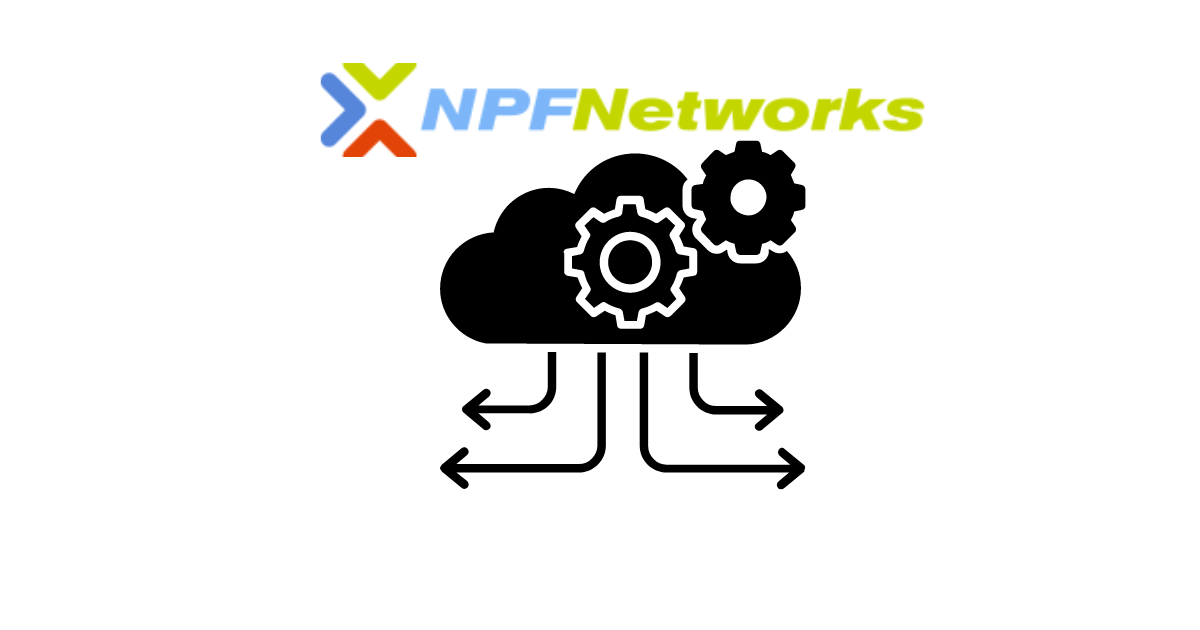In today’s rapidly evolving digital landscape, businesses must ensure their IT services meet the needs of both internal and external stakeholders. IT Service Level Management (SLM) is a critical process for achieving this goal. By defining, managing, and improving the quality of IT services, organizations can enhance customer satisfaction, optimize operations, and drive business growth. In this blog, we’ll explore the essential steps to implement IT Service Level Management effectively.
What is IT Service Level Management?
IT Service Level Management is the process of negotiating, defining, and managing the level of IT services that an organization provides to its customers. This involves setting clear expectations through Service Level Agreements (SLAs), monitoring performance, and continuously improving service quality.
Step 1: Understand Business Objectives and Requirements
Before implementing IT Service Level Management, it’s crucial to understand the business objectives and requirements. Engage with key stakeholders to identify their needs and expectations. This will help in aligning IT services with business goals, ensuring that the SLAs support the overall strategy of the organization.
Step 2: Define Service Level Agreements (SLAs)
Service Level Agreements are the cornerstone of IT Service Level Management. SLAs are formal agreements between the service provider and the customer that outline the expected service levels, responsibilities, and penalties for non-compliance. When defining SLAs, consider the following:
- Service Description: Clearly describe the IT services being provided.
- Performance Metrics: Define measurable performance indicators, such as uptime, response time, and resolution time.
- Responsibilities: Outline the responsibilities of both the service provider and the customer.
- Penalties and Remedies: Specify penalties for not meeting the agreed service levels and remedies for service failures.
Step 3: Implement Monitoring and Reporting Tools
Effective IT Service Level Management requires robust monitoring and reporting tools. These tools help in tracking the performance of IT services against the defined SLAs. Consider implementing the following:
- Monitoring Tools: Use tools to monitor system performance, network uptime, and application availability.
- Reporting Tools: Generate regular reports to provide insights into service performance and identify areas for improvement.
- Alerting Systems: Set up alerts for SLA breaches to ensure timely action and mitigation.
Step 4: Establish a Service Level Management Team
A dedicated Service Level Management team is essential for the successful implementation of IT SLM. This team should include:
- Service Level Manager: Responsible for overseeing the SLM process, negotiating SLAs, and ensuring compliance.
- Service Owners: Individuals responsible for specific IT services, accountable for meeting SLAs.
- Support Staff: Technicians and support staff who handle day-to-day service operations and incident management.
Step 5: Continuous Improvement
IT Service Level Management is not a one-time task; it requires continuous improvement. Regularly review and update SLAs to ensure they remain aligned with business objectives and evolving customer needs. Conduct periodic performance reviews, gather feedback, and implement necessary changes to enhance service quality.
Benefits of Effective IT Service Level Management
Implementing IT Service Level Management offers numerous benefits, including:
- Improved Customer Satisfaction: Clear expectations and consistent service delivery enhance customer satisfaction.
- Operational Efficiency: Streamlined processes and effective monitoring improve operational efficiency.
- Proactive Issue Management: Early detection of potential issues allows for proactive problem resolution.
- Alignment with Business Goals: SLAs ensure that IT services support the organization’s strategic objectives.
Conclusion
Implementing IT Service Level Management is a strategic initiative that can significantly enhance the quality and reliability of IT services. By understanding business objectives, defining clear SLAs, using robust monitoring tools, establishing a dedicated SLM team, and continuously improving processes, organizations can achieve exceptional service delivery and drive business success.
At NPF Networks, we specialize in helping businesses implement effective IT Service Level Management. Contact us today to learn how we can support your IT service management needs and help you achieve your business goals.
NPF Networks Your Partner in IT Service Excellence
For more information about our IT Service Level Management solutions, visit NPF Networks or call us at 303-778-9499.







Leave a Reply